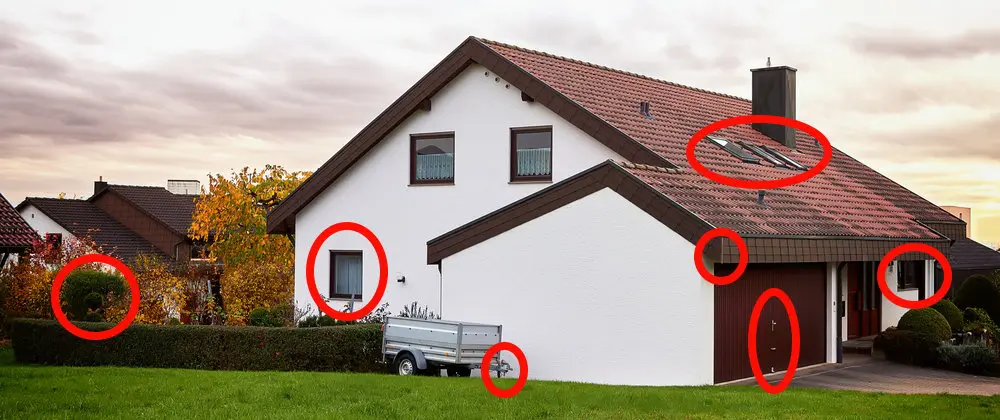Be clear on what security is.
Many of us think that security is a series of physical and technological interventions that we place between ourselves and criminals. Almost like an obstacle course. These interventions are not “security”, but simply aids. They will help you maintain safety easier and help you maintain a higher level of safety.
But passive security is the same as no security. Any system is dependent on being “actively worked”.
Security starts and ends with you. All of the most spectacular security breaches happened because of two things:
• Human Action (error, negligence, stupidity, or intent but seldom purely accident)
• Underestimating human ingenuity (obstacles are simply challenges)
This article will deal with security from those two perspectives, highlighting mindset and operational considerations.
I will toggle between the two, alternatively offering high-level and practical advice while priming your thought process on practical ways to implement conceptual considerations.
Error #1 – Thinking You Are Safe
Most think that because we have addressed security concerns, we are safe. It’s the same as thinking that a gym membership will increase your fitness. What increases your fitness, is going to the gym and working out.
Your security is not “created” through measures but constant vigilance.
Putting this into practice:
If you don’t have a security routine, you are not safe. Are you checking doors and windows before you go to sleep? Do you have a procedure for how you approach your house after work and let yourself in?
Pro Tip:
Pro’s vary their routines. They don’t follow the same route every night when checking the house for lockdown. They approach their property from different directions. They drive past their entrance for a mile and then backtrack. When leaving for work, they drive for 5 minutes, then head back to do a surprise inspection.
Related: How To Live Next To A Neighbor Who Doesn’t Share Your Political Views
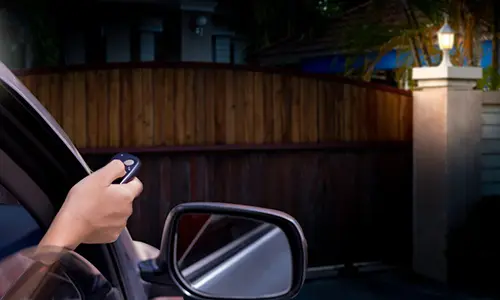
Error #2 – Trusting Your System
Complacency is the biggest safety risk.
Security is an arms race between predators and prey. Every innovation in security will be matched by an innovation amongst criminals. Switching your system on at night should not fill you with a sense of absolute safety. Even redundancy within your system should not fill you with complacency.
Assume that something can and will go wrong. Assume that someone has hacked your home security system and can deactivate it at will. Assume that the gardener is an enemy agent that has systematically been sabotaging your motion sensors.
Putting this into practice:
Paranoia is a heightened state of awareness of how events can go wrong or how systems can fail.
Don’t trust anything. Verify everything.
Think like a highly motivated criminal. Think of how you would breach your security system if someone took your family hostage in your home, and you needed to get past your security measures to infiltrate your house. Find the point of a breach, consider the method of a breach and then take measures against that.
This could mean opening motion sensors to see if duct tape has been used to create blind spots. Put recognizable objects in view of security cameras that you regularly move around to see if your feed has been hacked or if you are getting a delayed feed.
Pro Tip:
Analog backup. Determine the most likely points of entry and identify your most vulnerable spots. Use analog backup devices to create offline redundancy that cannot be compromised from the outside. Pro’s know that two measures are one, and one is none.
Analog or mechanical backup can be strings attached to buckets filled with stones to tripwires attached to flares or stun-grenades.
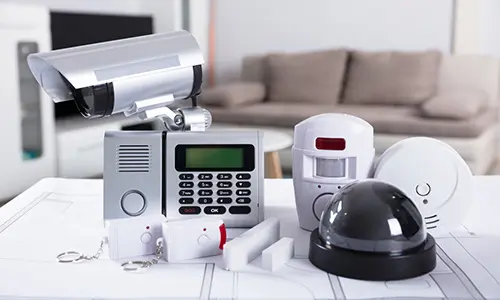
Error #3 – Profiling Wrong
Whenever psychopaths or child abusers are captured and brought to justice, a common refrain from witnesses at their trial is that they were such pleasant people and everyone liked and trusted them.
If you are realistic about statistics and profiling, you will be wary of people who seem trustworthy and close to you.
The person you see and think is not a threat, is more likely to be a threat than someone walking around in rags, talking to themselves, and acting weird. People who intend to harm you, come as wolves in sheep’s clothing. Try the following for some time and you will be amazed at the results.
Don a hardhat and a high-visibility jacket with visible identification. Have a clipboard in your hand, and look like you are about to solve an impending problem. You will meet very little resistance from ordinary folk.
Putting this into practice:
It is essential to verify that the work crew is indeed who they say they are. If they are outside your property, don’t let them into you if you cannot verify their credentials. If they flag you down while driving, don’t stop. If you have to stop, keep your window up and your finger on the trigger of your mini Glock.
Pro Tip:
Don’t allow any unscheduled or unplanned entry into your property. As a rule, don’t let anyone into your house. If this cannot be avoided, keep a distance of at least 7 feet between you and the person, and never turn your back on them.
Also, don’t allow lost drivers’ cars or un-summoned delivery vehicles onto your property. Let the person walk from the gate to the house. They will be less inclined to do anything bad since they will need to carry stolen items or kidnapped people to the vehicle.
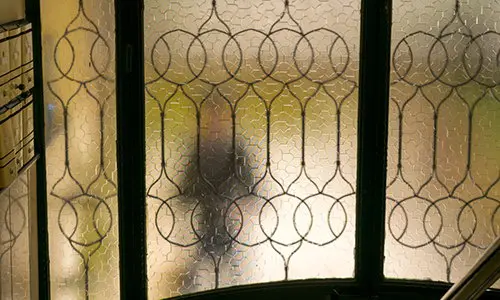
Error #4 – Defensive VS. Offensive Security
Most security measures are like static obstacles.
Tripwires. Motion sensors. Motion-activated cameras. Infrared devices. All these are like landmines. They are generally immobile and act as early warning systems.
But let me ask you the following question: what do you do when the alarm goes off? You check to see if there is anything there. Right? And then?
Most of us have pretty clear plans up and till we detect an intruder. But what then? And let’s add, that in most cases, you will have been awoken and still be groggy when you need to go into full defensive or offensive mode. I call these offensive security measures, although they are not just about attacking. The reason I call them offensive measures are that these are not static but active, proactive, and responsive.
Putting this into practice:
You need an action plan. This will differ for everyone and every situation. I evaluate my possible and ideal responses based on two criteria:
• the proximity to the danger,
• and the level of threat.
A guy walking in the garden is different than an armed guy walking in the garden. This can escalate to a masked task force with automatic weapons outside your bedroom door.
You need a response, broadly speaking, for when to wait and see, when to warn, when to engage and when to hide. Your family and other occupants of the house must know how these plans are put into action, and what part they play.
Pro Tip:
Pro’s never leave anything to chance or get themselves into situations where they have not only pre-decided what to do but have trained and worked scenarios. What do you do if the intruders cut the power? What do you do if some of your family members get separated and are not in the safe zone?
I also recommend practicing this and practicing it under stress. Let someone set an alarm and wake the family up at 02:00 AM and see how fast everyone can get their act together.
Related: How To Secure Your Homestead Against Intruders

Error #5 – Safe Zone
The worst possible situation to find yourself in is waking up to an attacker holding a gun to your child’s head. Sleeping areas have to be fortified and impossible to access even if you are out cold.
Think prison. Steel bars, bulletproof glass, self-sufficient and cut off from the rest of the house.
Putting this into practice:
The ideal situation is to have your sleeping rooms together, with only one access route in and out. You need an escape route in case of a fire, or if attackers trap you, but that must not be an option available as an entry route. Install a security door between the sleeping areas and the rest of the house. Make sure all your people are safely behind the door before you go to sleep.
Pro Tip:
I have a steel bar door mounted just around a corner in the passage that leads to the bedrooms. Shots fired through the door don’t have a direct line of sight to occupants. Anyone entering through the door cannot charge in a straight line but needs to take a turn. This is my kill zone where anybody entering will come under severe fire.
Security is all about safety.
Be prepared to lose property in order to stay alive. Early warning is essential.
Constant vigilance exponentially increases your chances of surviving a breach.
You may also like:
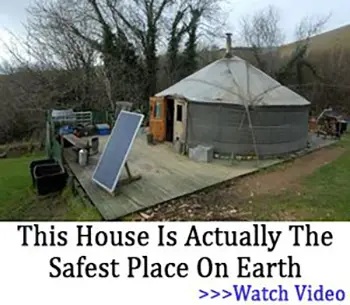 15 Things You Should Teach Your Children That Can Save Their Lives
15 Things You Should Teach Your Children That Can Save Their Lives
This Homemade Device Can Power Up Your Entire House 7 Days in a Row (Video)
Do You Have An Escape Plan For Your House?

